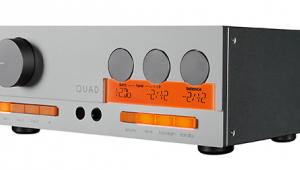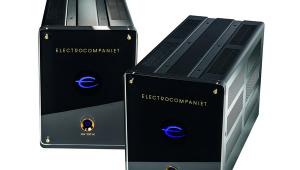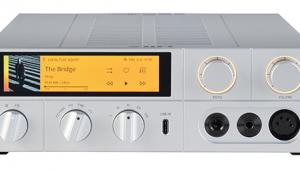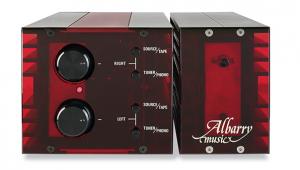Audia Flight Strumento No1 mk2/No4 mk2 Pre & power amplifier
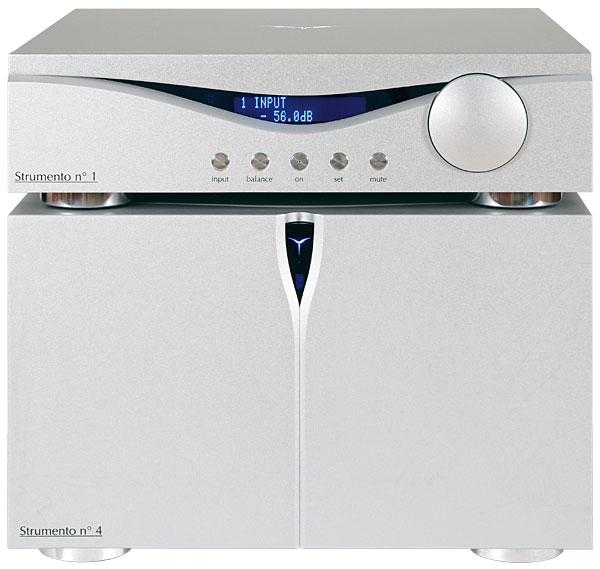
 Very much hi-fi on the grand scale, this Italian-made pre/power amplifier combination is a sweet-sounding heavyweight with more than sufficient output to match its size
Very much hi-fi on the grand scale, this Italian-made pre/power amplifier combination is a sweet-sounding heavyweight with more than sufficient output to match its size
For a while, the amplifier combo you see here was almost literally the elephant in the editor's listening room. Delivered for review just at the end of 2018, its sheer mass – 28kg for the £12,500 Strumento No1 mk2 preamp alone, plus a further 95kg for the No4 mk2 power amp, which sells for £16,250 – defied almost all efforts to move it into PM's lab for test work before I could listen. It finally inspired our esteemed editor to relent and buy himself a trolley – and so, at last, the review literally began to roll...
Though the Strumento pair may be as eye-catching as it is back-breaking, within we have a relatively conventional pre and power amp – well, almost. The looks, meanwhile, will be a matter of taste, being either flamboyantly stylish or a little over-cooked. For example, the preamp's display is recessed into a cutout within the thick metal fascia, making it a little hard to see, and all the functionality isn't immediately apparent. Nevertheless, what we have here is a preamp with generous input provision, partnered with a stereo power amp that's able to drive almost any chosen speaker with total confidence.
Future Proof
Oh, and if you want more, you could replace the No4 with a brace of Audia Flight's No8 monoblocks, delivering twice the stereo amp's nominal 250W/8ohm, and selling for £18,750 each. Not that you'll find the No4 exactly lacking power, as we'll discover. All of this comes in cast aluminium casework machined and hand-polished as part of the assembly process undertaken in Italy, with additional shot-blasting and anodising completing a high-grade finish to match the meticulous layout within.
The No1 mk2 preamp offers sufficient inputs and outputs to suit most needs, with five line-ins on balanced XLRs (two of which are duplicated on unbalanced RCAs), and two sets of balanced XLR outputs plus a single set on RCAs. But that's not quite the whole story here. As suggested by the pair of blanking plates on the rear panel, and the large bay inside the preamp, there's the option of extra modules and extra inputs.
These bring to the No1 mk2 facilities including further balanced and RCA connections, MM/MC phono provision, and S/PDIF and USB digital inputs handling datastreams at up to 192kHz/24-bit. This modular approach gives the potential buyer the confidence that the preamp will be able to grow with future system needs.
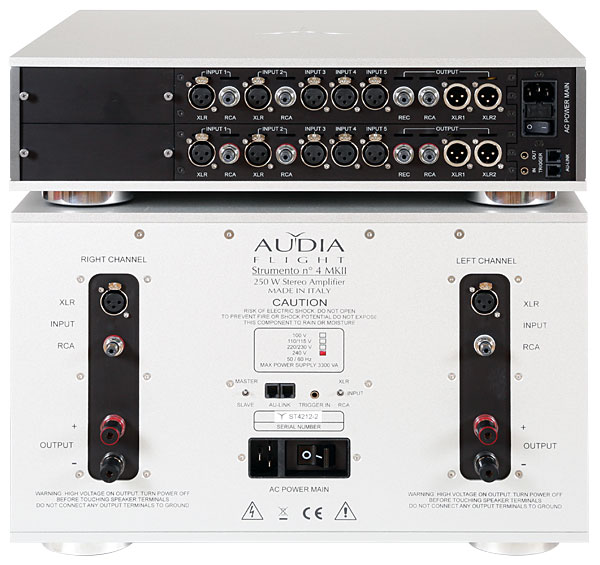
Heart Of Iron
And that weight? Well, apart from the exceptionally solid casework, the power supply provision takes its toll – there are no fewer than four small toroidals in there, with two 75VA devices for the main stages, one 25VA for the control boards and a separate 15VA for the logic board. These are all enclosed within substantial shielding and encapsulated in resin. Scale the same thinking up to the 3000VA iron-cored transformer potted inside the No4 power amp, plus two 150VA toroidals for the voltage gain stage, and you have the major part of 60kg of its 95kg accounted for.
Both the pre and power amp come with a manual in the form of a leather-effect mini ringbinder. While most preamps are entirely self-explanatory, the few minutes spent reading the manual are worthwhile, as they will enable the user to get 'under the skin' of the device and make the most of it. For example you'll discover the AU-Link with other Audia Flight products, this using an RJ45-terminated cable. Input switching, adjustable input gain, setting one input to 'Direct' (otherwise known as unity gain, for use with an AV processor) are all covered off too.
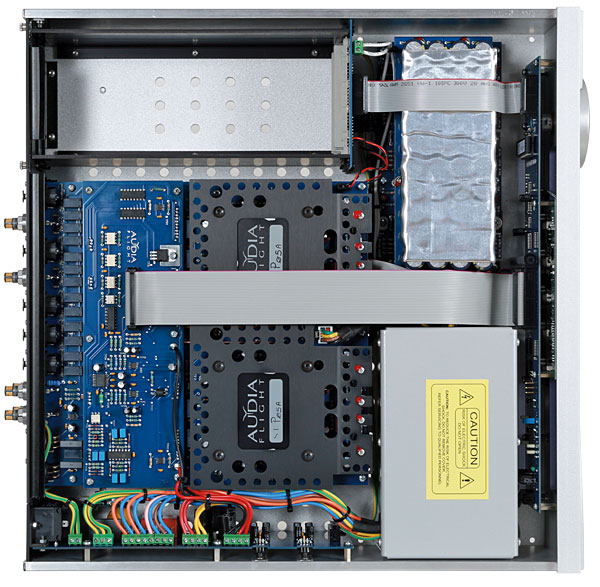
It's also possible to rename inputs in order to suit your needs, and to customise the preamp's standby mode by choosing whether or not the circuitry remains powered for instant use, or goes to sleep. The partnering remote control handset, which is a compact metal-cased device, duplicates the major functions, including having a 'Set' button to access the menus, and adds a display dimmer.
However, just for once the remote wouldn't be my chosen means of operating the Strumento amps, simply because the subtle clicking of the resistor-ladder volume control on the preamp itself is so tactile it's rather addictive!
By contrast with the preamp, the power amp is pretty simple in its operation, as is the case with such things. The dual mono construction is made clear by the rear layout, which stacks the RCA and XLR inputs for each channel above the relevant speaker outputs in two blocks either side of the panel. On the front, things are hardly less complex, at least once you get the hang of the amplifier. The deep V-shaped cut-out to the top of the massive front panel fascia contains the on/standby switch and the status indicator, which not only indicates operation but also shows if the internal protection has been triggered.











